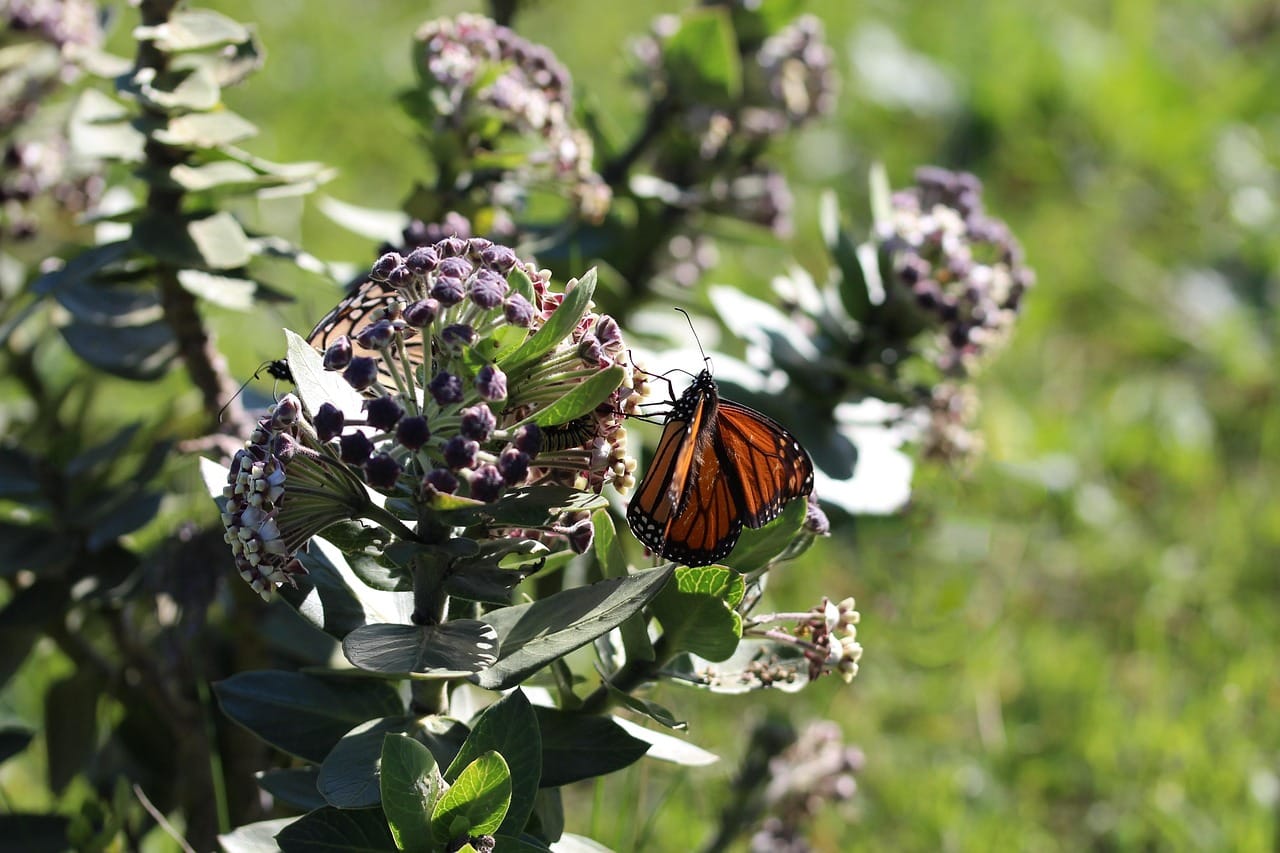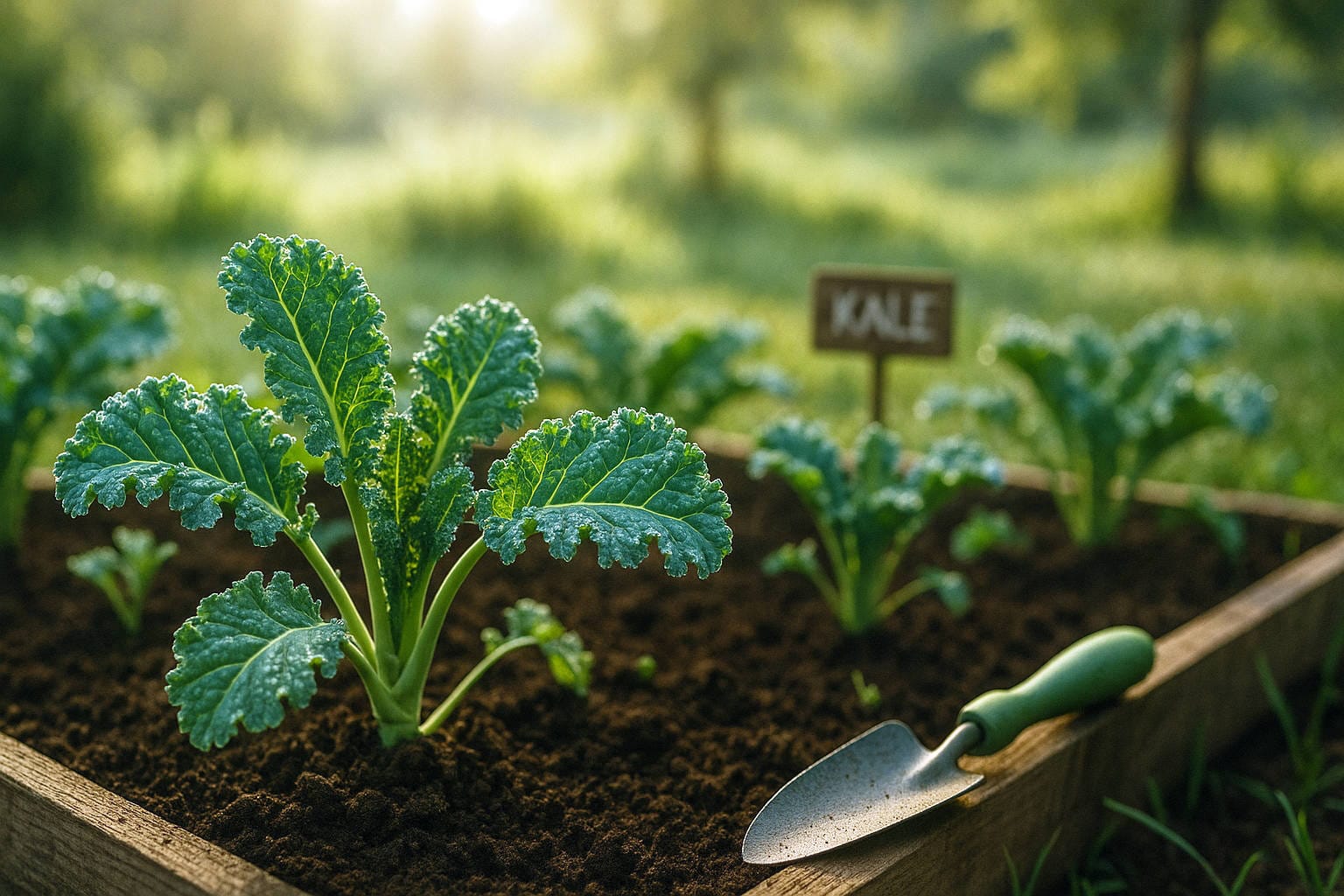Thinking about adding some milkweed to your garden? Smart move. Learning how to grow milkweed is about making your garden a magnet for pollinators and a whole lot more interesting.
In this guide, we’ll walk you through everything you need to know to get milkweed growing—without the fluff. We’ll cover which types are best for your area, when and how to plant them, how much water they really need, how to prune without overdoing it, and even how to grow milkweed in containers if you’re short on space.
Stick around till the end. By the time you finish this post, you’ll have everything you need to start growing healthy, happy milkweed that actually thrives.
What Is Milkweed and Why Does It Matters?
Let’s start with the basics—what even is milkweed? Milkweed is the common name for a group of flowering plants in the genus Asclepias.
There are over 70 species native to North America alone. The most well-known ones are Asclepias syriaca (common milkweed), Asclepias tuberosa (butterfly weed), and Asclepias incarnata (swamp milkweed).
Each one has its own look, but they all have a few things in common: they’re tough, they love full sun, and they’re packed with nectar that pollinators can’t resist.
Now here’s where it gets interesting—milkweed is the only plant that monarch butterfly caterpillars can eat.
Yep, the only one. If you’re into helping pollinators, growing milkweed is essential.
Besides being a monarch buffet, milkweed also attracts bees, other butterflies, and a bunch of beneficial insects that keep your garden balanced.
It fits right in with wildflower gardens, native plant setups, and even regular old flower beds. And no, it’s not actually a weed—despite the name.
By learning how to grow milkweed, you’re not just sprucing up your yard. You’re turning it into a mini ecosystem.
You may also like:
- How to Grow Garden Sage at Home: Tips for Lush, Flavorful Plants
- Gladiola Flower Guide: How to Grow and Care for Gladiolus
- How to Grow Kale: A Step-by-Step Guide for Healthy, Homegrown Greens
Choosing the Right Milkweed Variety for Your Region
Alright, so you’re sold on planting milkweed. But which kind should you grow?
That depends on where you live. Picking the right variety for your region is the first real step in learning how to grow milkweed successfully.
In the U.S. and Canada, you’ve got several native species to choose from. If you’re in the Midwest or Northeast, common milkweed (Asclepias syriaca) is probably your go-to. It’s tall, tough, and thrives in a lot of soil types.
In wetter areas or near ponds, swamp milkweed (A. incarnata) does great—it likes its feet a little damp.
Down south or in warmer, drier zones? Butterfly weed (A. tuberosa) is drought-tolerant, compact, and has those bright orange flowers everyone loves.
For folks in the UK and Australia, things get trickier. Most milkweed species aren’t native there, and some—like tropical milkweed (A. curassavica)—can actually do more harm than good if not managed carefully.
If you’re outside North America, it’s best to talk to a local nursery about native alternatives or carefully controlled species that won’t disrupt the local ecosystem.
Here’s a quick tip: Always try to plant milkweed species that are native to your area. Native plants are better for local wildlife, more resistant to pests, and easier to grow because they’re already adapted to your climate and soil.
Want to go the extra mile? Check your USDA hardiness zone (or the local equivalent) and match it to the plant’s ideal growing range. That alone can save you a lot of headaches later on.
You may also like:
- How to Make Orchids Bloom: A Complete Guide for Home Gardeners
- Iris Flower Care 101: How to Grow Stunning Irises in Your Garden
How to Plant Milkweed: Seeds or Seedlings
This is where the real fun begins. Planting milkweed is pretty straightforward, but you’ve got a couple of choices: start from seed, or go with seedlings from a nursery.
Either way, understanding how to grow milkweed starts with getting it in the ground the right way.
Starting from Seed
If you’re going the seed route, timing is key.
In most parts of the U.S. and Canada, sow seeds in late fall so they can go through winter naturally. That cold period—called cold stratification—is something many milkweed seeds need to wake up and germinate in spring.
If you missed fall, no worries—you can mimic stratification by putting the seeds in a damp paper towel inside a zip-top bag in the fridge for 30 to 60 days.
Once they’re ready, plant them about ¼ inch deep in well-drained soil, in a sunny spot. That’s it. Keep the area moist until the seedlings pop up.
Using Seedlings
Want a quicker start? You can buy small milkweed plants from native plant nurseries. These can go into the ground in spring after the last frost, or even early summer.
Just dig a hole deep enough for the root ball, place the plant in, fill it back up, and press the soil down gently.
Wherever you plant, give them space—about 18 to 24 inches apart. They need airflow and sunlight to thrive, and crowding will only bring pests.
A little patience goes a long way here. Milkweed can take a while to get going, especially from seed. But once it’s settled, it’ll come back year after year, stronger each time.
You may also like:
- How to Care for a Ponytail Palm: The Ultimate Guide for Beginners
- Hummingbird Carpet Plant: Everything You Need to Know to Grow It
Transplanting Milkweed Successfully
So maybe you started milkweed indoors, or picked up some young plants from a nursery. Now comes the part a lot of new gardeners worry about—transplanting.
Don’t stress. If you know how to grow milkweed properly, this part is pretty chill—just follow a few key steps.
When to Transplant
The best time to transplant milkweed is early spring (after the last frost) or early fall. Avoid the peak of summer if you can—hot, dry conditions stress young roots. You want to give them a chance to settle in while the weather’s still mild.
How to Do It Right
First, prep your garden bed. Milkweed loves full sun, so pick a spot that gets at least 6 hours of direct sunlight a day. The soil should be well-draining—if water tends to pool there, find another spot.
Dig a hole that’s just a bit bigger than the plant’s root ball. Carefully remove the seedling from its container, keeping the root system intact.
Place it in the hole, backfill with soil, and press gently to remove air pockets. Water it well right after planting.
That’s it—no special tricks. Just give the roots time to adjust.
Extra Tip: Companion Planting
Want your garden to work smarter, not harder?
Try pairing milkweed with other native pollinator-friendly plants like purple coneflower, black-eyed Susan, or bee balm. These combos don’t just look great—they attract a whole crew of helpful bugs that keep pests in check.
Transplant shock is normal—some plants wilt a little before bouncing back. Give it a few days, keep the soil moist (but not soggy), and resist the urge to move it again. Milkweed doesn’t love being relocated once it’s in the ground.
You may also like:
Caring for Milkweed: Watering, Pruning, and Maintenance
Once your milkweed is in the ground, it doesn’t ask for much—but a little TLC goes a long way. Knowing how to grow milkweed involves keeping it healthy through the seasons so it keeps blooming (and keeps the bugs happy).
Watering
Milkweed is pretty drought-tolerant once it’s established. But when it’s young—or during long dry spells—it needs consistent watering.
A good rule? Water deeply about once a week if there’s no rain. Let the top inch of soil dry out between waterings.
Swamp milkweed (A. incarnata) likes more moisture than others. If you’re growing that type, keep the soil damp but not soggy.
Pruning
Don’t skip this. Pruning helps keep your plants tidy and can even extend the blooming season. You can:
- Deadhead spent flowers to encourage more blooms.
- Cut back stalks in late fall or early spring, down to a few inches above the ground. That helps prevent pests from overwintering and keeps things neat.
If the plant gets leggy or flops over, give it a mid-season trim to encourage bushier growth.
Pests & Problems
Aphids love milkweed, especially those bright orange ones. They look nasty but usually don’t kill the plant. Skip the pesticides—they can harm butterflies and other good bugs.
Instead:
- Blast aphids off with a strong stream of water.
- Let ladybugs and lacewings handle them (they love to snack on aphids).
- Wipe them off with a wet cloth if it’s a small outbreak.
You might also see milkweed beetles or oleander aphids. Again, unless there’s a serious infestation, it’s better to let nature balance things out.
You may also like:
Common Milkweed Growing Mistakes and How to Avoid Them
Even though milkweed is pretty forgiving, there are a few common mistakes that can trip up new gardeners. Knowing how to grow milkweed also means knowing what not to do.
Mistake 1: Overwatering
Milkweed doesn’t like wet feet—especially the common and butterfly types. If the soil stays soggy, the roots can rot. Use well-draining soil and skip the mulch right up against the stem. A light layer around the base is fine, but don’t smother it.
Mistake 2: Ignoring Stratification
Trying to grow milkweed from seed without cold stratification is like baking bread without yeast—it might work, but probably won’t. If you’re sowing indoors, don’t skip the fridge step. Most native milkweed seeds need that chill time to break dormancy.
Mistake 3: Planting the Wrong Variety
Not all milkweed is equal. Tropical milkweed (A. curassavica) grows like crazy in warm places, but if it doesn’t die back in winter, it can disrupt monarch migration patterns. If you’re in a warm climate and want to grow it, make sure to cut it back hard at the end of the season.
Mistake 4: Letting Things Get Out of Control
Milkweed spreads underground (especially common milkweed), so it can take over if you don’t keep it in check. Use garden borders or containers if you want to control the spread. Also, thin your plants if they get crowded—good air circulation helps prevent disease.
Mistake 5: Expecting Instant Results
Milkweed grown from seed might not bloom the first year. That’s totally normal. It’s building a root system. Be patient, keep it healthy, and it’ll reward you next season with strong growth and more flowers.
You may also like:
Conclusion
So—how to grow milkweed? It comes down to picking the right variety for your area, planting it in the right spot, and giving it a little care (but not too much). Once established, milkweed pretty much handles itself—and pays you back with vibrant flowers and a garden buzzing with life.
Give it a go. You’re not just growing a plant—you’re giving pollinators a lifeline.
If you’re ready to take your garden to the next level, don’t stop with milkweed. Check out our complete guide on growing and caring for roses—packed with tips on planting, pruning, and keeping your roses blooming beautifully.
FAQ: How to Grow Milkweed
1. When should I plant milkweed?
Plant seeds in fall or early spring. If you’re using seedlings, wait until after the last frost.
2. Do I need to cold stratify milkweed seeds?
Yes—most native milkweed seeds need 30–60 days of cold, moist storage to germinate properly.
3. How much sun does milkweed need?
Milkweed needs full sun—at least 6 hours a day.
4. Can I grow milkweed in a pot?
Definitely. Just make sure the container is deep, has drainage holes, and stays in full sun.
5. Is milkweed a perennial?
Yes, most species are perennials and will come back every year once established.
6. Why is my milkweed not blooming?
If it’s grown from seed, it might not bloom the first year. It also needs full sun and good soil drainage.
7. Do I have to worry about pests?
Some, like aphids, may show up—but they’re usually not a big deal. Avoid pesticides and let natural predators do the work.





Some one told me that to many caterpillars can kill the plant?